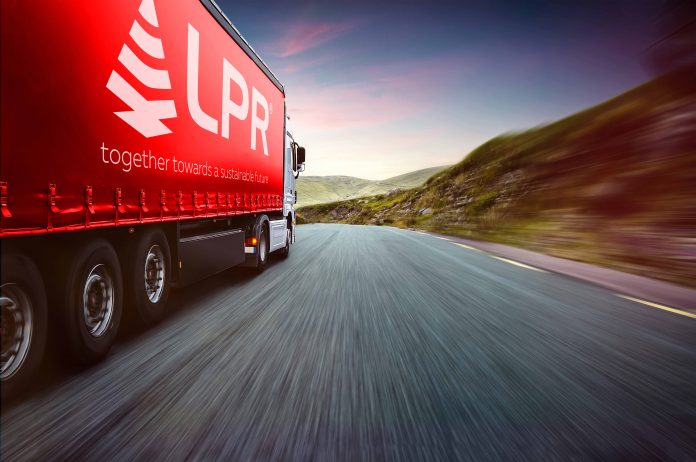Challenges within the FMCG supply chain keep on coming. Adrian Fleming, Regional Director at specialist pallet pooling operator LPR (La Palette Rouge), offers some timely guidance on managing change
Although inflation has fallen considerably from the dizzy heights of 2022, its impact continues to be felt in all sectors – with those operating in the supply chain arguably feeling it the most. As a result, many will be scouring their pre- and post-production supply chains to identify where savings can be made.
Here are 10 tips on reducing risk and making sure you’re getting it right:
-
Do your homework
How many players are there in the market you are interested in? If it’s 3PL, probably hundreds. For a more specialist area, such as pallet pooling, there will only be a few. Engage early with your shortlist.
-
Involve everyone
Supply chain is not printer paper – it’s not a decision that can be taken by procurement alone. From your warehouse operatives to your accounts team, the switch will affect many people. Talk to them to understand their pain points.

-
Give a clear brief
Take the time to fully understand your own supply chain, from end to end. That includes your suppliers, your co-manufacturers/packers and your larger customers, as well as your other partners in logistics and even production.
-
A consultative sales process
It’s easy for suppliers to talk about proactivity, agility, flexibility and innovation at their first sales pitches, but can they prove it? Look for someone that you feel is really listening and wants to understand your business.
-
Matrix relationships
You have already involved the experts from your side, but is your prospective supplier doing the same? If you are important to them, they will. Make sure an opposite number has been introduced to all your key stakeholders.
-
Implementation
Planning is everything. Find out what experience your prospective partner has of managing implementations on the same scale as yours.

-
IT
Whatever your Warehouse/Transport Management Systems and ERP, the chances are, IT systems will add a level of complexity to any major implementation.
You should also consider your warehouse and production automation. Ensuring compatibility is paramount.
-
Business as usual
How will your contract be managed on a day to day basis? Do they have a team ‘on the ground’ that you will be able to meet with, build a relationship with and call upon for advice and support?
-
What if…
Think beyond the implementation into all the “what if’s” of your supply chain. You should include equipment failures, customer demands, seasonality and about external events beyond your control – including crisis management.
-
Prove it
Ask your prospective supplier to prove their capabilities. A good way to do this, could be to visit existing customer sites and talk to their customers.
It may seem a lot to think about, but this is your opportunity to make sure you have a true partner, something we all need in an uncertain world.
To hear how LPR can help you safely change to a new pallet pooler, contact me: Adrian.fleming@lpr.eu





